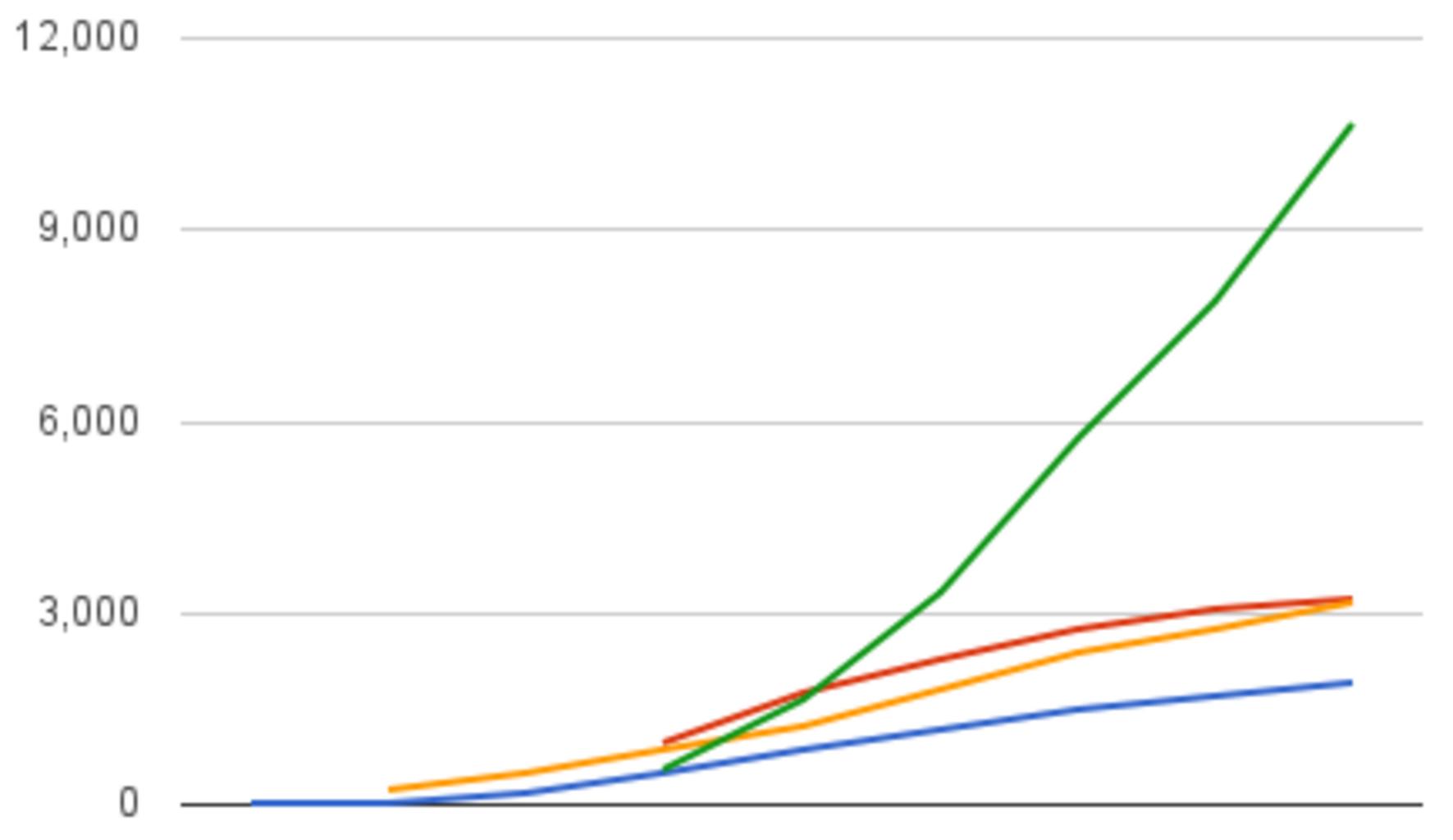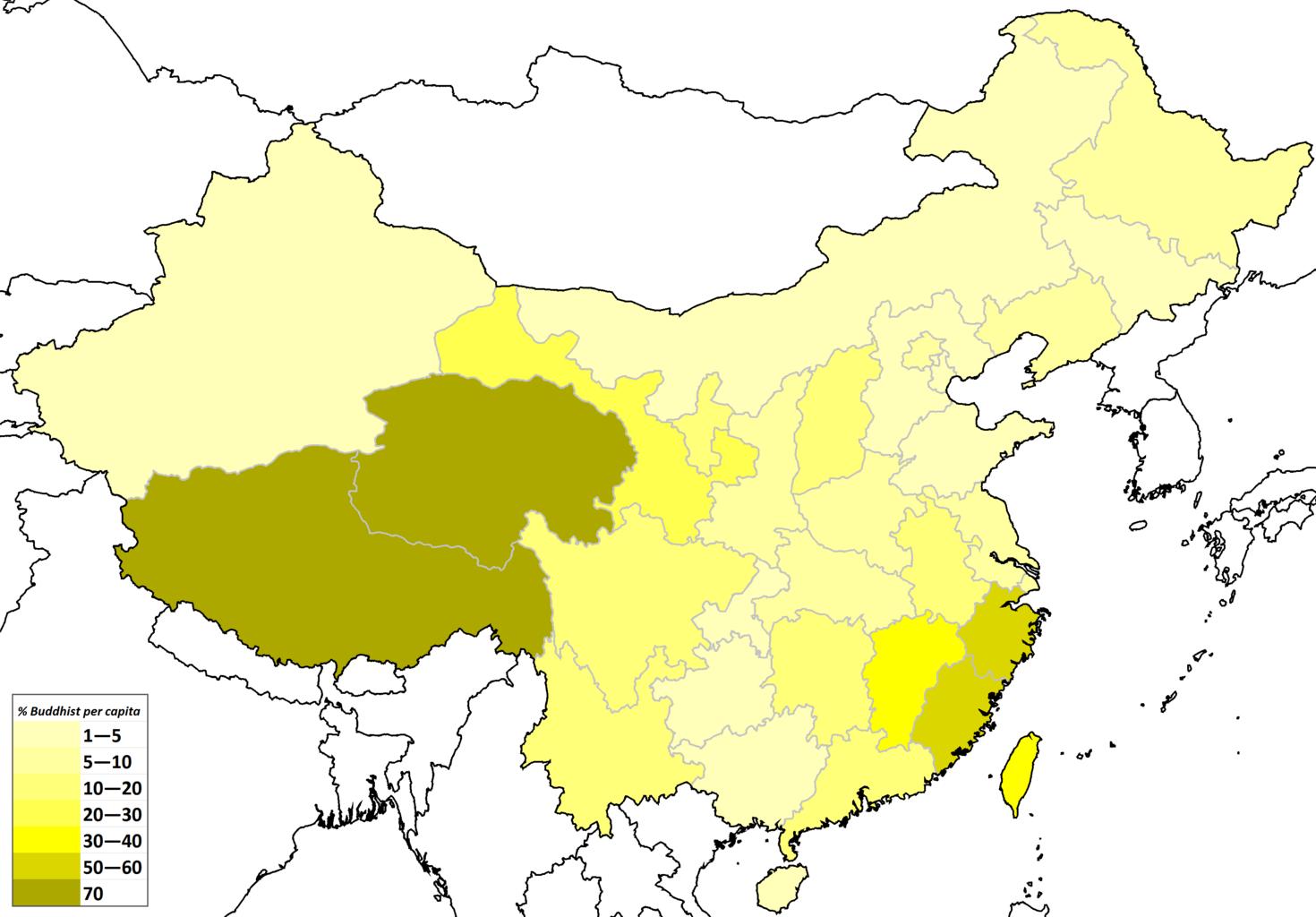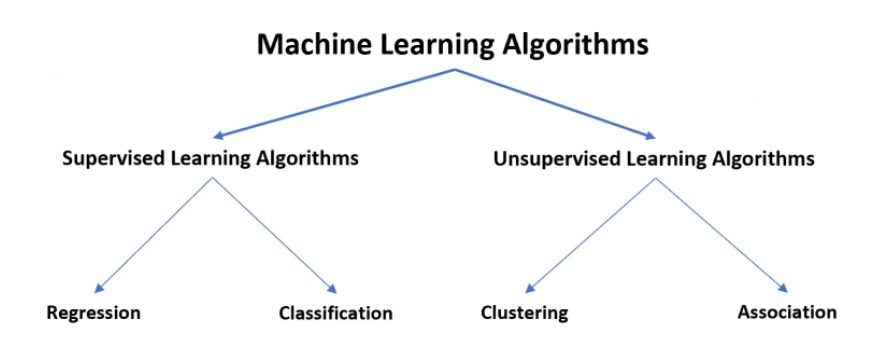Top Data Modeling Tools for 2023, See how to leverage data modeling tools to build, manage, and retrieve data models more efficiently for data scientists.
Techniques for data modeling and data science are related. Data scientists can access and use it more quickly thanks to tools for data modeling.
By creating data models, data scientists can gain a deeper understanding of the data and the relationships that underlie it.
Linear Interpolation in R-approx – Data Science Tutorials
Top Data Modeling Tools for 2023
These models can then be applied to the creation of prediction models and other data-driven solutions.
Data modeling is a crucial step in the software development process because it makes sure the database can manage the anticipated amount and complexity of data while still being able to store and retrieve the data effectively.
Tools for creating, designing, and managing data models are computer programs called data modeling tools.
A data model is a graphic representation of a database’s structure that explains the connections between various types of data.
Data models can be created, visualized, and edited by users using data modeling tools. They are created and described by database administrators, data analysts, and other IT experts.
How to Use Spread Function in R?-tidyr Part1 (datasciencetut.com)
I’ll discuss a few data modeling tools in this piece that you should take into account when allocating limited resources for data science work.
Several of these data modeling tools include data mapping, reverse engineering, forward engineering, collaboration tools, and visual data modeling.
I have only expressly addressed the distinguishing qualities that set them apart from one another.
1. Erwin Data Modeler
In addition to supporting the deployment of diagrammatic data regardless of its location or structure, ED Modeler is a tool for developing and analyzing data structures with standardized designs.
It also provides automated features to generate hybrid architecture and schema.
Important characteristics:
Build data models using a visual interface to make it simple to understand the connections between various entities and data pieces.
Reverse engineering: Provide a visual representation of the data structures by reverse engineering existing databases.
Forward engineering: To develop or alter databases straight from the data model, and generate SQL scripts or DDL statements based on the data model.
Collaboration is made simple for teams working on data modeling projects by the ability for multiple users to work on a data model at once.
Data models should be thoroughly documented, with a list of all the entities, properties, and relationships included.
Data governance: Enables businesses to enforce data governance guidelines and guarantee adherence to legal and regulatory requirements.
Integration: Simple integration with business intelligence tools, data warehousing solutions, and database management systems.
ggdogs on ggplot2 – Data Science Tutorials
2. ER/Studio
The data modeling tool ER/Studio from Idera facilitates the identification of data assets and sources across various database systems, allows for the construction and distribution of data models, and tracks them from beginning to end.
Important characteristics:
Build visual data models, such as entity-relationship diagrams (ERDs) and data flow diagrams, using data modeling (DFDs).
Data governance: Enables businesses to enforce data governance guidelines and guarantee adherence to legal and regulatory requirements.
Users can follow the path that data takes through various systems and procedures using data lineage.
Users can hide sensitive data using data masking in non-production settings to thwart data breaches.
3.SQL database modeler
It is simple to construct and import scripts using SQL Database Modeler, which works with both MS SQL Server and MySQL.
SQL Database Modeler enables developers to create a SQL database online without writing any code.
The fact that SQL Database Modeler supports many view modes is another benefit.
How to move from Junior Data Scientist – Data Science Tutorials
Important characteristics:
Data models should be thoroughly documented, with a list of all the entities, properties, and relationships included.
Create and change database objects such as tables, views, stored procedures, and functions by generating SQL code.
Data modeling standards: Provides support for methods and notations used in data modeling that are considered industry standards, such as the UML class diagram notation and the Chen ERD notation.
4. Oracle SQL Developer Data Modeler
Another great free database modeling tool that helps businesses gather, organize, and get insights from data while boosting productivity is Oracle SQL Developer Data Modeler.
It offers a wide variety of data models, including multi-dimensional, relational, logical, and physical models.
Important characteristics:
Data models should be thoroughly documented, with a list of all the entities, properties, and relationships included.
Data governance: Enables businesses to enforce data governance guidelines and guarantee adherence to legal and regulatory requirements.
Oracle database management systems and Oracle Cloud services are only a couple of the tools and platforms that can be integrated.
Methods for Integrating R and Hadoop complete Guide – Data Science Tutorials
5. IBM Infosphere Data Architect
The ability of IBM Infosphere to handle different data patterns and to help standardize the user experience across servers, databases, and applications is well known.
In addition, the infosphere facilitates cross-lifecycle work and provides organizational support for reducing time-to-market.
Important characteristics:
Entity-relationship modeling, dimensional modeling, and object-oriented modeling are just a few of the modeling techniques that are supported by modeling and design.
Data governance: Enables businesses to enforce data governance guidelines and guarantee adherence to legal and regulatory requirements.
Support for many relational databases, including DB2, Oracle, SQL Server, and MySQL, as well as data warehousing platforms like Netezza and Informix, is provided by the application.
Integrate with other IBM products for data management and warehousing, such as IBM InfoSphere DataStage and IBM InfoSphere Data Quality.
6. MySQL Workbench
Workbench is a useful paradigm when dealing with complicated ER models.
It supports the development, execution, and optimization of SQL queries for all popular operating systems, including Mac, Linux, and Windows. It was made exclusively for MySQL DB.
Important characteristics:
MySQL Workbench has a SQL editor that may be used to create, run, and optimize SQL queries.
Creating entity-relationship diagrams (ERDs) and reverse-engineering SQL scripts are both supported by MySQL Workbench’s tools for data modeling.
Administer MySQL servers by establishing server parameters, keeping track of server performance, and backing up and restoring databases, among other tasks.
Control user privileges and accounts, including the ability to create and manage roles, schemas, and users.
Free Best Online Course For Statistics – Data Science Tutorials
7. Archi
supports the development, execution, and optimization of SQL queries for all popular operating systems, including Mac, Linux, and Windows. It was made exclusively for MySQL DB.
Important characteristics:
MySQL Workbench has a SQL editor that may be used to create, run, and optimize SQL queries.
Creating entity-relationship diagrams (ERDs) and reverse-engineering SQL scripts are both supported by MySQL Workbench’s tools for data modeling.
Administer MySQL servers by establishing server parameters, keeping track of server performance, and backing up and restoring databases, among other tasks.
Control user privileges and accounts, including the ability to create and manage roles, schemas, and users.
BPMN: Archi features built-in support for building BPMN diagrams and the ability to import and export BPMN models.
Scripting: The built-in scripting tool in Archi enables you to create JavaScript scripts to automate routine chores and expand its functionalities.
Data Science Challenges in R Programming Language (datasciencetut.com)
Conclusion
By using data modeling tools, you may better arrange and organize your data so that it is easier to access and use for your organization.
You may enhance data quality, data governance, better visualization, enhanced integration, quicker data analysis, and lower expenses by using the tools.
One can optimize the database design and improve the performance of data storage and retrieval operations by building a sound data model.











